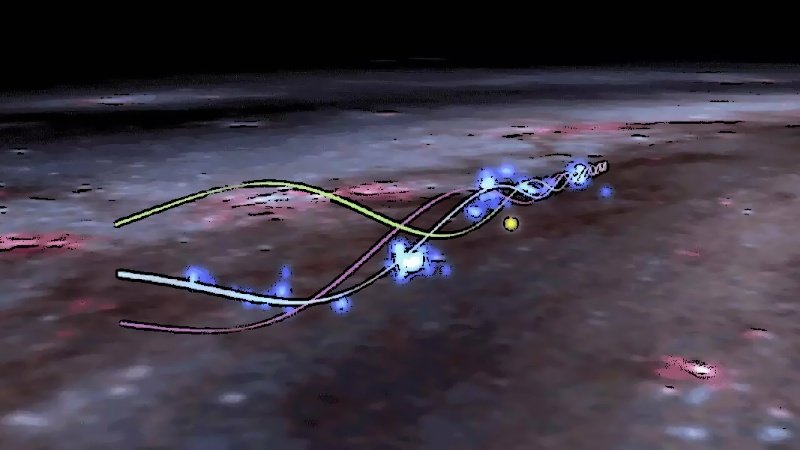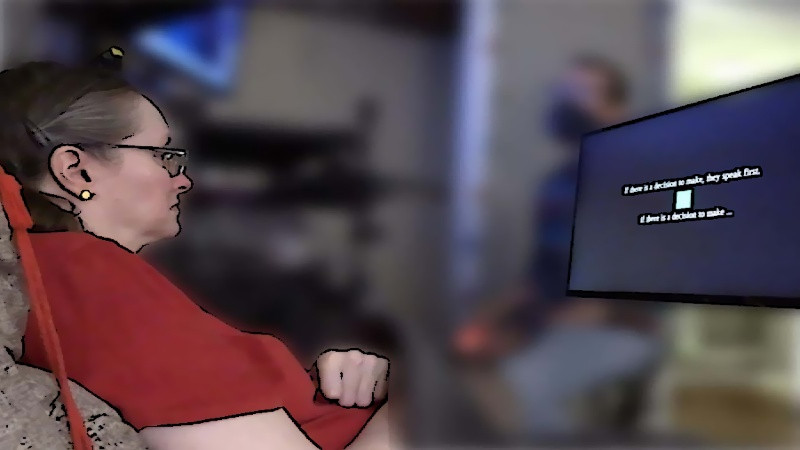Quantum Broadcasting Deemed Impractically Inefficient
Science 5 days ago
A team led by Zhenhuan Liu at Tsinghua University has demonstrated that practical quantum broadcasting is mathematically unfeasible. Despite attempts to circumvent the no-cloning theorem by allowing slight variations in transmitted quantum states, the required resources make the process wildly inefficient. The study confirms that distributing quantum information broadly would demand more effort than sending individual copies.
The researchers analyzed ’virtual quantum broadcasting,’ where correlated but non-identical states are shared. While theoretically possible, the protocol forces receivers to expend excessive computational power to reconcile differences. Yunlong Xiao compares it to sending personalized letters instead of a group text—counterintuitively, the latter approach consumes more resources in the quantum realm.
Experts like Seok Hyung Lie stress that this work highlights fundamental limits rather than offering practical solutions. The findings may reshape how physicists model quantum correlations across space and time, potentially inspiring new theoretical frameworks. Paolo Perinotti praises the mathematical rigor but notes it won’t immediately impact quantum tech development.
 Português
Português English
English Français
Français Deutsch
Deutsch Nederlands
Nederlands 日本語
日本語 Español
Español









